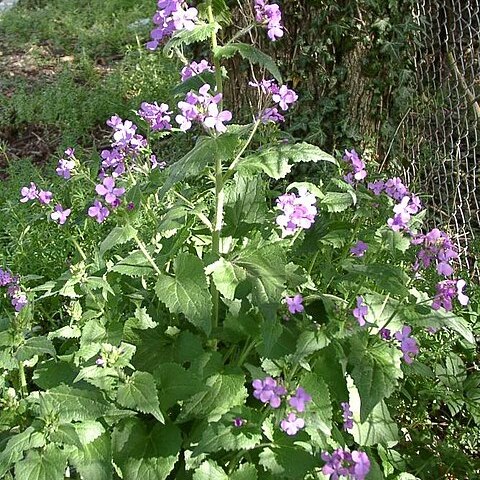Plants not scapose; pubescent, glabrate, or glabrous. Stems erect, unbranched or branched distally. Leaves basal and cauline; petiolate or sessile; basal (soon withered, opposite), rosulate, long-petiolate, blade margins coarsely dentate; cauline (opposite or alternate), petiolate or (distal) sessile, blade margins coarsely dentate. Racemes (corymbose, several-flowered, rarely proximalmost flowers bracteate), considerably elongated in fruit. Fruiting pedicels divaricate or ascending, slender. Flowers: sepals cucullate, (median pair) linear or (lateral pair) broadly oblong-elliptic; petals obovate, (much longer than sepals), claw strongly differentiated from blade, (nearly as long as sepal, apex obtuse); stamens tetradynamous; filaments usually not dilated basally (or slender); anthers oblong or linear, (apex obtuse); nectar glands lateral, annular or semi-annular. Fruits (often pendulous), long-stipitate [rarely subsessile], oblong to suborbicular [orbicular, lanceolate-elliptic], not torulose, strongly latiseptate; valves each not veined, glabrous; replum rounded; septum (persistent), complete, (broad, shiny); style slender; stigma capitate, 2-lobed (lobes opposite replum, connivent or not). Seeds strongly flattened, broadly winged [not winged], reniform [orbicular]; seed coat not mucilaginous when wetted; cotyledons accumbent. x = 15.
More
Sep narrow, saccate at base; pet large, purple, with broad blade and narrow claw; glands large, annular; pistil elevated on a short gynophore that elongates greatly in fr; ovules 2–3 per locule; fr very broad and flat, reticulately veined, the silvery septum horizontally striolate; seeds reniform; sparsely hairy herbs with cordate or deltoid-cordate, coarsely dentate, acuminate lvs, those toward the base opposite or nearly so. 3, Europe.
